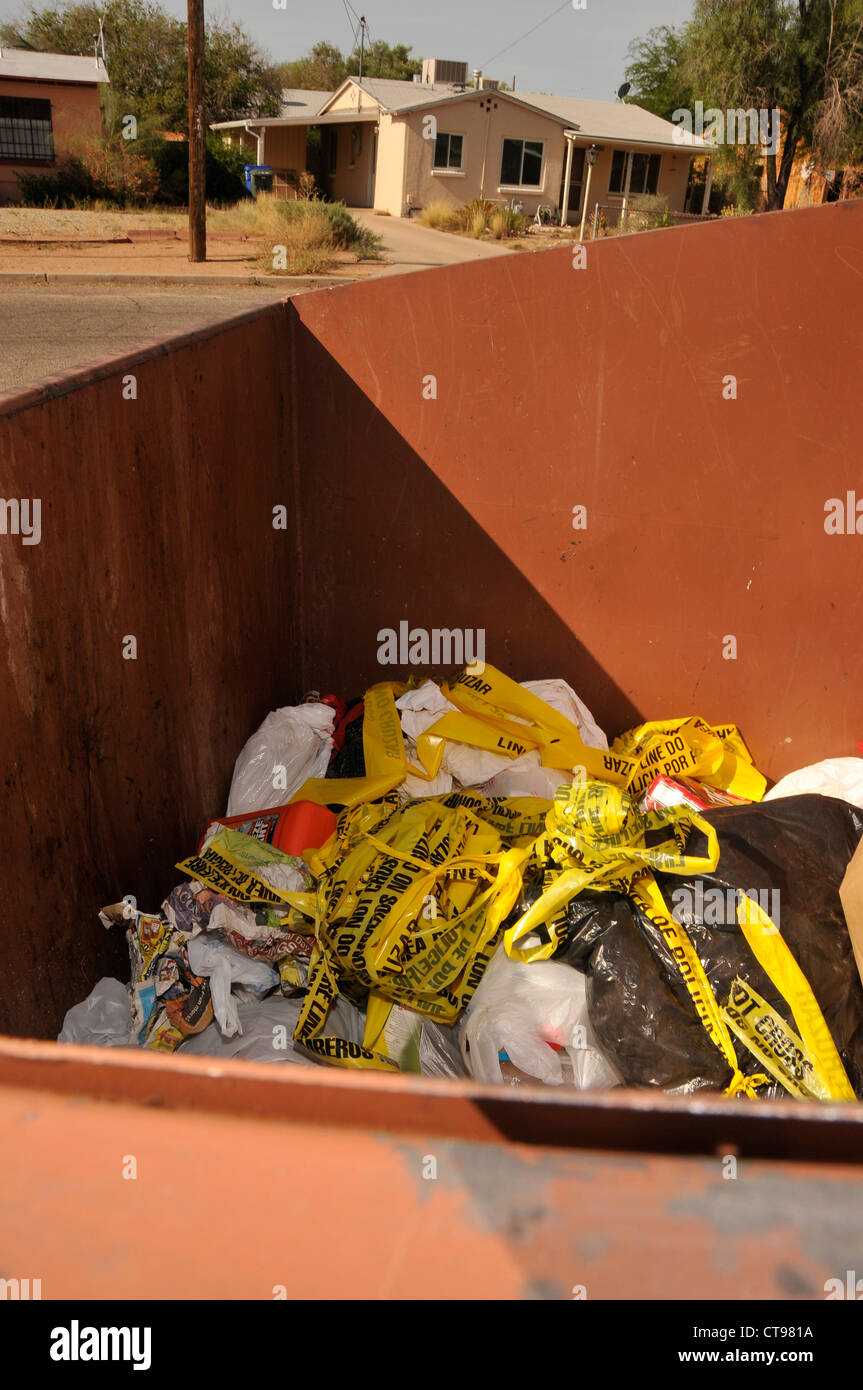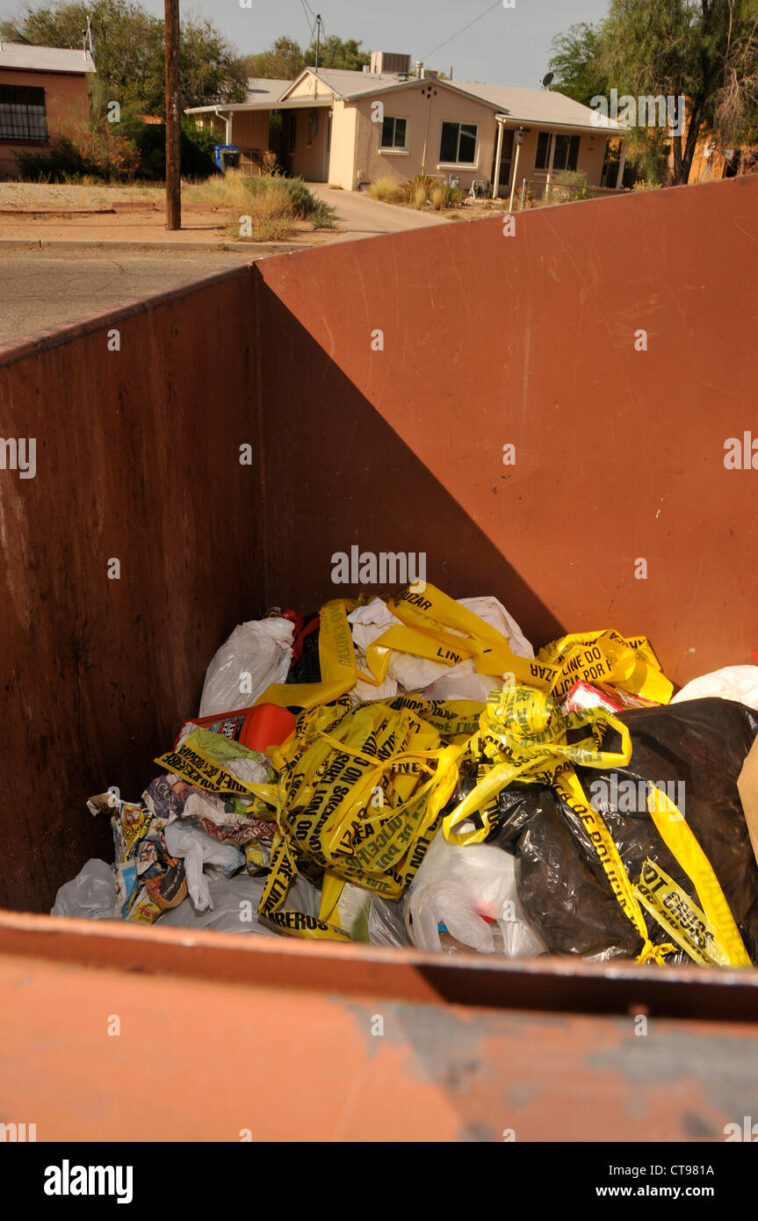
Arizona Weather Patterns and the Legal Implications of Storm Systems
Today’s headline news may seem to cover a wide range of topics, from storm warnings and weather alerts to high-stakes legal cases and criminal investigations. However, upon closer inspection, these events reveal the intertwined relationship between natural events, public safety, and the law. The many twists and turns of weather phenomena highlight not only the physical challenges of living in Arizona but also the legal challenges that arise in managing public safety, traffic disruptions, and emergency responses when unpredictable weather conditions strike.
In recent days, meteorologists tracking the storm systems have shared that residents in the Arizona Valley should brace themselves for scattered rain showers, a drop in temperatures, and the possibility of storm-related hazards. Although such weather can seem like a mere inconvenience to some, it brings up complicated pieces regarding the responsibilities and liabilities of public institutions, emergency services, and even private entities managing events, transportation, or work activities during severe weather conditions.
Legal experts note that local and state authorities must “figure a path” to balance public safety with individual rights. This requires robust planning measures, clear public communication, and sufficient financial and logistical backing. These authoritative decisions need to address the tricky parts of ensuring a rapid response while mitigating any off-putting delays and disruptions, something fundamental when lives and property are at stake.
Sports Contracts and the Legal Landscape: The Ketel Marte Agreement
The recent announcement of a new contract involving Ketel Marte of the Arizona Diamondbacks has stirred discussions not only in sports circles but also in legal and financial domains. The newly negotiated deal, worth $116.5 million and extending until 2031, underscores the fine points of contract negotiations, compliance with league regulations, and the complexities of financial commitments in professional sports.
Legal professionals are closely examining key elements of the agreement as they highlight the often confusing bits associated with the enforcement of contracts within the sports industry. While the agreement represents a lucrative opportunity for both the organization and the player, it also showcases the nerve-racking challenges that arise when negotiating terms in competitive environments.
Key Contract Provisions and Their Legal Implications
- Amount and Duration: The new agreement guarantees $116.5 million through 2031, with $64 million being additional funds beyond previous commitments. This arrangement is essential for both the team’s strategic planning and the player’s long-term security.
- Contractual Obligations: All parties must adhere to strict clauses outlining performance, injury recovery, and penalties in cases of non-fulfillment of duties. These provisions pose many tangled issues, as athletic performance and contractual guarantees may often conflict.
- Negotiation Challenges: Reworked deals like this one typically include amendments that were necessary to satisfy both the league’s rules and the financial constraints of the club. Representatives must “dig into” every subtle part of the agreement to ensure legal compliance and mutual satisfaction.
From a legal standpoint, the Marte contract illuminates the necessity for transparency and proactive negotiation strategies when managing your way through sports law. As negotiations continue and cases arise from contract breaches or misinterpretations, attorneys must take a closer look at every document and clause to ensure fairness and enforceability.
Criminal Justice and Public Safety: The Scottsdale Shooting Incident
The tragic incident in Scottsdale, which resulted in the death of 30-year-old Gino Mendoza and the arrest of a 25-year-old man, has sparked a multifaceted debate on criminal justice and public safety measures. This case is a potent reminder of how quickly a situation can become loaded with problems, prompting legal authorities to step in and “get into” the nitty-gritty of violent crime investigations.
Understanding the Legal Process in Violent Crime Investigations
The shooting incident, which unfolded at a private residence, is being scrutinized by law enforcement authorities who, by all accounts, are working hard to sort out the full details. The situation raised several important legal questions:
- Responsibility and Accountability: With seven individuals contacted at the scene and a subsequent arrest made for second-degree murder, the legal system is tasked with distinguishing responsibility accurately. Legal experts stress that every case requires an objective review of evidence before any conclusions can be reached.
- Witness and Evidence Collection: Collecting evidence and witness testimonies during such an incident can be intimidating. Law enforcement officials must steer through numerous confusing bits to piece together an accurate account of events.
- Impact on Community Safety: Incidents like these have a lasting impact on public trust. Communities affected by violent crime often face challenges when attempting to find their way in the aftermath of traumatic events.
Importantly, the legal procedure emphasizes a thorough, step-by-step review of all evidence. This allows courts to appreciate even the smallest distinctions in the case and ensures that justice is delivered by carefully “poking around” every detail. The overlap between media reports and police briefings often adds to the tension, underscoring the value of impartial investigations in order to achieve clarity and fairness in the legal process.
Export Control and Sanctions: The Plane Parts Scandal Amid the Ukraine Conflict
A notable case that has drawn attention from legal analysts is the sentencing of Oleg Patsulya for his involvement in selling plane parts, a case that highlights the legal consequences of violating export control regulations. This case, stemming from activities during the height of the Ukraine war, reflects the challenges of managing international trade regulations amid political tensions.
Export Control Laws and the Challenges of Enforcement
Export control laws, designed to prevent the proliferation of military technology and sensitive equipment to countries under sanction, occupy a critical role in international law. Patsulya’s case sheds light on the subtle parts that underpin these tough legal frameworks: the need to “get into” the fine details of material exports and financial transactions.
| Aspect | Key Points |
|---|---|
| Criminal Charges | Conspiracy to commit international money laundering and exporting without a license |
| Sentencing | 70 months in federal prison for orchestrating an export scheme |
| Operational Details | Use of a shell company in Turkey, misleading American companies about the destination of plane parts |
| Financial Transactions | $4.5 million transferred through Turkish bank accounts to Russian airlines |
The case highlights several legal twists and turns, including the challenge of prosecuting crimes that cross international borders. With a network of remittance channels and shell companies, investigating agencies must sort through a maze of transactions in order to pin down the critical evidence needed for prosecution.
In cases like these, the judicial focus isn’t solely on penalizing the involved parties, but also on setting up precedents that deter similar behavior in the future. Every step of the investigation, from the initial tip to courtroom testimonies, requires law enforcement and federal prosecutors to figure a path through the confusing bits that involve both domestic and international law.
Unsolved Cases and Community Impact: The Persistent Mystery of Emily Pike
One of the more emotionally charged topics emerging in recent discussions is the ongoing investigation into the murder of Emily Pike. This unsolved case, which continues to loom over several communities, is being met with renewed scrutiny, especially as concerns regarding violent crimes in Native American communities garner greater public and legal attention.
Challenges in Reassessing Unsolved Violent Crimes
Unresolved cases like that of Emily Pike not only leave a void in the lives of those directly affected, but also bring to light the many tricky parts related to criminal investigations in communities already loaded with issues of tension and historical neglect. The case presents several challenging questions:
- Investigation Techniques: How can law enforcement “figure a path” to re-examine evidence that may have been collected using now-outdated forensic techniques?
- Community Trust: How do investigators rebuild trust in communities that feel overlooked or mistrustful of law enforcement’s ability to work through their issues?
- Technology and Training: What new methods can be applied to rework old evidence and solve cases that have grown cold over time?
The renewed effort to get into these unresolved cases draws strong comparisons to other high-profile investigations. In examining every subtle part of the case file and re-interviewing old witnesses with improved technology, authorities are working hard to rid these investigations of nerve-racking uncertainties. The goal is to finally provide justice and closure to families and communities that have long been waiting for clear answers.
Community Response and the Role of Interactive Media in Legal Discussions
The resurgence of public interest in cases like those of Emily Pike has not only intensified calls for justice but also prompted media organizations to take a more interactive role. For instance, segments such as “Arizona Crime Uncovered” have invited community participation online, giving viewers and local residents the chance to ask questions and share insights on pressing legal cases.
Engaging Public Discourse Through Digital Platforms
This shift towards a more interactive media model is critical as it empowers community members to “take the wheel” in discussing legal issues that affect them directly. In an era where legal commentary is available at lightning speed, citizens can now share their stories and insights on platforms like YouTube, Facebook, and other digital networks, fostering a sense of collective responsibility and participation.
- Real-Time Updates: Interactive broadcasts allow for immediate responses to breaking legal and criminal cases, enabling communities to remain informed.
- Public Involvement: By inviting questions and commentary, media outlets help law enforcement and legal experts to assess public sentiment and possibly even unearth overlooked details in open cases.
- Educational Value: These platforms also serve as a medium for clarifying legal proceedings for the general public, highlighting the little details that often go unnoticed in traditional news reporting.
While opinions may vary, the overall impact of interactive media on legal discourse is widely seen as a positive step toward making legal processes more inclusive and transparent. The opportunity to engage directly with experts provides a platform for both the public and legal professionals to work together in addressing areas fraught with misunderstandings.
Legal Accountability and Policy Considerations: Forecasting the Future
Looking forward, the multifaceted developments in Arizona—from unpredictable weather systems and sports contract negotiations to grave incidents of violence and international export control challenges—highlight the need for a comprehensive legal framework. This framework must be robust enough to handle the many tangled issues that arise when individual actions intersect with broader public interests.
Preparing for Future Legal Challenges
In thinking about the future, several critical points must be considered by policymakers and legal professionals:
- Emergency Response Legislation: This includes laws that ensure swift government and legal action during weather-related crises. A key aspect is the allocation of resources and funding to improve current systems, ensuring that disruptions are handled promptly and effectively.
- Sports Contract Regulation: Given the legal challenges observed in high-stakes sports deals, there might be room for government oversight or industry self-regulation to protect both players and teams from nerve-racking contractual disputes.
- Crime Investigation Reforms: Enhancing investigative techniques through better technology and updated training manuals will help in addressing complex crimes that leave communities reeling. Learning from past cases, law enforcement can adopt new measures aimed at resolving cold cases more effectively.
- International Trade and Export Laws: With growing global tension and economic sanctions, it is super important for policymakers to make your way through the tangled issues present in international trade law. This includes updating export control regulations and adding stricter measures against circumventing sanctions.
By ensuring that legal policies evolve in tandem with emerging challenges, the legal community can better support the public in times of both natural and man-made crises. It is essential to address every subtle part—from financial details to procedural steps—to create a system in which accountability and transparency flourish.
Financial Implications and the Broader Legal Context
Another critical area that links many of these seemingly diverse news topics is the subject of financial accountability under various legal systems. Whether it involves the financial backing of sports contracts like Ketel Marte’s new deal or the complicated financial transactions involved in international export violations, money plays a pivotal role in many legal controversies.
Examining Financial Practices Under the Law
Several key financial issues emerge when analyzing these legal disputes:
- Transparency: Financial transactions in both domestic and international contexts require a high level of clarity to prevent any deceptive practices. The legal system must ensure that funds are channeled appropriately and that any suspicious activity is vigorously investigated.
- Due Diligence: In sports contracts, investors, teams, and players alike must “stick together” to ensure that the financial arrangements remain fair and legal. This includes scrutinizing every detail of the contract to avoid any off-putting surprises down the line.
- Regulatory Oversight: For international trade, regulatory bodies play a key role in ensuring that exporters and importers do not misuse financial transactions as a means to bypass sanctions. This is perhaps one of the most critical steps in ensuring that legal processes keep pace with evolving economic challenges.
Legal reforms focused on financial oversight might include enhanced regulatory bodies, stricter audit measures, and robust cross-border cooperation with international agencies. These efforts are all aimed at diminishing the shadow of money laundering and illegal transactions over the legal process.
Lessons Learned and the Path to Future Legal Reforms
The many stories emerging from Arizona in recent times provide a veritable lesson in the importance of holistic legal oversight. From nature’s unpredictable moods to the unpredictable world of sports and international business, it is essential that legal professionals understand the layered, fine shades of each issue.
Lessons learned include:
- Flexibility in Legislation: New laws should be adaptable enough to handle unexpected events such as severe weather disruptions, ensuring public safety without infringing on individual liberties.
- Enhanced Communication: Transparent and frequent communication between authorities and the public can help mitigate fear and confusion during criminal investigations or international trade scrutiny.
- Interagency Collaboration: From local law enforcement to federal agencies and even international partners, collaborative efforts are vital to effectively deal with matters that involve complex legal puzzles. This is especially important where domestic issues intertwine with international regulations.
- Investment in Technology: Modernizing investigative tools, employing advanced forensic methods, and adopting digital platforms for better public communication can help clear up the outspoken legal bits that often complicate investigations.
Implementing reforms in these areas demands that we “take a closer look” at our current legal practices, recognizing the nerve-racking challenges while also appreciating the potential for positive change. By working through these tangled issues methodically and transparently, legal professionals can set a course toward a more just and efficient system that benefits everyone.
Conclusion: Intersecting Realities and the Way Forward
In reviewing the various developments—from the rolling storm systems over Arizona to high-profile sports contracts and international legal cases—it becomes clear that the legal landscape is more interconnected than ever. Every issue, whether it be a case of natural disaster response, a sports contract dispute, or an international trade violation, draws on important legal principles that rely on transparency, accountability, and a deep commitment to public safety.
Each headline, when scrutinized, reveals not only public policies and legal obligations but also the intricate web of decisions that affect everyday lives. It is a terrain full of twists and turns where every actor—from local government officials to international trade negotiators—is tasked with ensuring that even the most nerve-racking issues are managed with clarity and fairness.
Moving forward, it will be essential for policymakers, legal experts, and community stakeholders to “figure a path” together. This means working collaboratively to address the challenging financial fine points, the tangled pieces of criminal investigations, and the confusing bits embedded in international law. The lessons learned from recent events in Arizona should serve as a compass, guiding future reforms designed to safeguard public safety, ensure legal accountability, and promote a system that is both responsive and just.
Ultimately, the convergence of severe weather alerts, sports contract negotiations, high-profile criminal cases, and international legal disputes underscores a single truth: our legal system must evolve continually. This evolution is not only about keeping abreast with current challenges but also about setting preventative measures for potential issues that can arise in a dynamic world. By embracing a culture of transparency, informed debate, and proactive reform, we all stand to benefit from a legal structure that is as resilient as it is fair.
The intricacies of case law, the fine points of contractual obligations, and the subtle details of both local and international investigations remind us that every element of society is interdependent. As we continue to analyze these legal shifts, it becomes increasingly clear that a collaborative effort is required—a commitment to “take the wheel” collectively in steering through these complex yet solvable issues.
Through concerted action, the legal community, along with the public, can work towards a future where storm warnings are met with robust emergency plans, sports contracts are navigated with complete transparency, criminal investigations yield closure, and international legal norms are upheld with firm resolve. Each small step, every subtle nuance of reform, contributes to an overall strategy that benefits society as a whole.
In this dynamic landscape, every challenge is met with both caution and opportunity. As legal experts “poke around” the evolving nature of public safety laws, trade regulations, and criminal justice reforms, it is clear that the intertwined realities of natural events, sports, and law bring to light a shared responsibility—to ensure that every citizen is protected, every contract is fair, and every investigation is conducted with the utmost integrity.
Therefore, let us embrace the future with an open mind, knowing that the legal framework is not static but a living system subject to continuous improvement. Let these recent events be a call to action for legal reform and community engagement, ensuring that every step we take is informed by the lessons of the past and directed toward building a safer, more just environment for all.
Originally Post From https://www.abc15.com/news/am-roundup/am-roundup-live-az-crime-uncovered-episode-ketel-marte-contract-deadly-scottsdale-shooting
Read more about this topic at
So many people ask for diversity, but what exactly do you …
How diverse was your community growing up?


